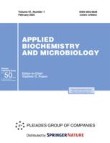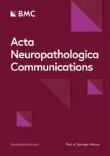
Abstract
Background
Open and closed fractures can be associated with posttraumatic or postoperative soft tissue defects caused by initial trauma, operative procedures, or infections. This study evaluated the postoperative outcomes in patients with open or closed lower leg fractures, related soft tissue defects, and subsequent flap coverage.
Methods
We performed a retrospective single-center cohort study in a level 1 trauma center. We analyzed the patients treated from January 2012 through December 2017 and recorded demographics, treatment, and outcome data. The outcome data were measured via patient-reported Foot and Ankle Outcomes Scores (FAOS) and EQ-5D-5L scores.
Results
We included 22 patients with complicated fractures (11 open and 11 closed) and subsequent soft tissue defects and flap coverages. The mean follow-up time was 41.2 months. Twenty-one patients developed infections, and necrosis at the site of surgery manifested in all closed fractures. Therefore, all patients needed soft tissue reconstructions. Preoperatively, 16 patients underwent arterial examinations via angiography and six underwent ultrasound examinations of the venous system. Ten patients had complications involving the flaps due to ischemia and consequent necrosis. The mean EQ-5D index was 0.62 ± 0.27, and EQ-5D VAS score was 57.7 ± 20.2. The mean FAOS was 60.7 ± 22.2; in particular, quality of life was 32.3 ± 28.8. The rate of returning to work in our patient group was 37.5% after 1 year.
Conclusions
Distal tibial fractures often require revisions and soft tissue reconstruction. The evaluated patient population had poor outcomes in terms of function, quality of life, and return to work. Furthermore, patients suffering from flap ischemia have worse outcomes than those without flap ischemia.




